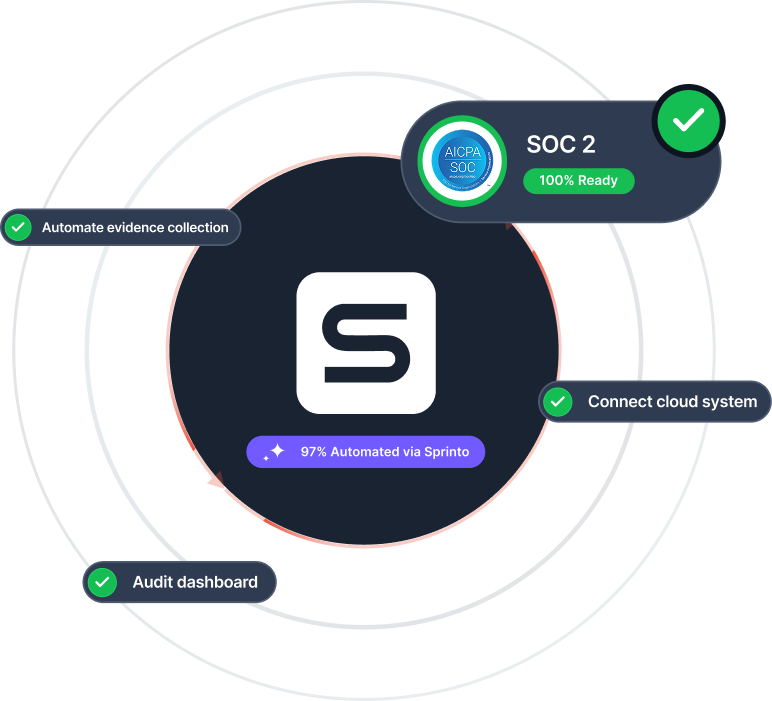Getting through an internal audit
Road to audit-readiness
A SOC 2 internal audit checks if your SOC 2 controls are actually in place, working as intended, and being followed by the team, not just documented in theory.
It’s typically conducted internally, without external auditors. Depending on your setup, it could be led by a compliance manager, IT/security lead, or automated through a GRC platform that helps simulate audit conditions.
Here’s what a SOC 2 internal audit typically involves:
Reviewing control evidence: Logs, policies, tool configurations, everything the auditor will later ask for.
Testing control effectiveness: Are alerts triggering? Is MFA enforced? Are access reviews being done?
Spotting gaps early: Any control that fails here won’t pass the real audit either.
The goal of an internal audit is to catch and address issues before your auditor does. Post the audit, you’ll have a clear view of what’s working, what’s missing, and what needs fixing.
The next step would be to address any gaps, refine your documentation, and ensure your team is fully prepared for the audit. Once everything is in place, you’ll be ready to enter the formal audit process with confidence.
It’s typically conducted internally, without external auditors. Depending on your setup, it could be led by a compliance manager, IT/security lead, or automated through a GRC platform that helps simulate audit conditions.
Here’s what a SOC 2 internal audit typically involves:
Reviewing control evidence: Logs, policies, tool configurations, everything the auditor will later ask for.
Testing control effectiveness: Are alerts triggering? Is MFA enforced? Are access reviews being done?
Spotting gaps early: Any control that fails here won’t pass the real audit either.
The goal of an internal audit is to catch and address issues before your auditor does. Post the audit, you’ll have a clear view of what’s working, what’s missing, and what needs fixing.
The next step would be to address any gaps, refine your documentation, and ensure your team is fully prepared for the audit. Once everything is in place, you’ll be ready to enter the formal audit process with confidence.
SOC Frameworks Overview
SOC 2 Basics
SOC 2 Compliance Process
SOC 2 Compliance Process
Sprinto: Your ally for all things compliance, risk, governance

